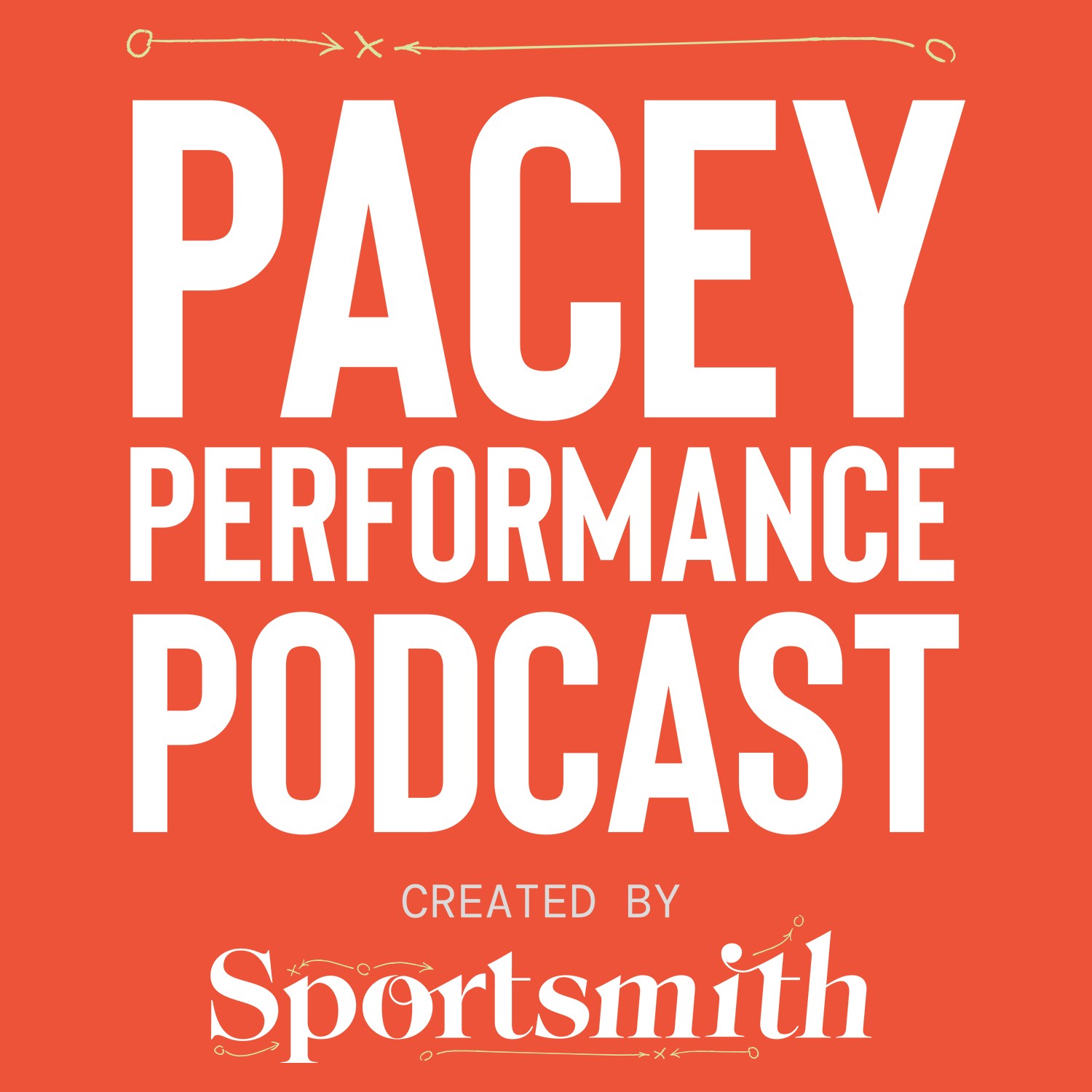Listen "Working with youth athletes; monitoring maturation, biobanding and training through rapid growth with Sean Cumming (Professor of Paediatric Exercise at Bath University)"
Episode Synopsis
This week’s Pacey Performance Podcase sees Rob joined by Sean Cumming; Professor of Paediatric Exercise at the University of Bath. He’s also been conducting a lot of work with the Lawn Tennis Association, Premier League, and the Football Association regarding the growth and development of young athletes. This is exactly what he speaks about this week, both in terms of physical and mental development.
For example, Sean discusses how a young athlete’s development can be shaped by the selection biases surrounding a particular sport, and how late and early development can be both beneficial and a drawback. Sean and Rob also discuss how training – both individually and as a group – can be adapted so everyone can meet their potential. This includes how to monitor maturation both with and without a budget – a must for many coaches at local and community sports clubs. For all this and much more, hit the play button now to hear more insight from this superb sports scientist.
This week’s topics:
Selection biases in tennis, and how they apply in other sports
Why selection biases are the reverse in gymnastics
Why coaches should consider biological maturation versus chronological age
Sean’s recommendations for creating a safe framework for early and late developers
Adapting training to stop young athletes becoming injured during growth spurts
The length of time it takes for early developers to catch up both physically and mentally
How to monitor maturation in young athletes on a lower budget
How to monitor maturation in young athletes on a higher budget
Why background and ethnicity can influence how quickly athletes mature
Use of bio-banding in football, and the cut-off points between each band
Why encouraging young footballers to play below their age group can be beneficial
For example, Sean discusses how a young athlete’s development can be shaped by the selection biases surrounding a particular sport, and how late and early development can be both beneficial and a drawback. Sean and Rob also discuss how training – both individually and as a group – can be adapted so everyone can meet their potential. This includes how to monitor maturation both with and without a budget – a must for many coaches at local and community sports clubs. For all this and much more, hit the play button now to hear more insight from this superb sports scientist.
This week’s topics:
Selection biases in tennis, and how they apply in other sports
Why selection biases are the reverse in gymnastics
Why coaches should consider biological maturation versus chronological age
Sean’s recommendations for creating a safe framework for early and late developers
Adapting training to stop young athletes becoming injured during growth spurts
The length of time it takes for early developers to catch up both physically and mentally
How to monitor maturation in young athletes on a lower budget
How to monitor maturation in young athletes on a higher budget
Why background and ethnicity can influence how quickly athletes mature
Use of bio-banding in football, and the cut-off points between each band
Why encouraging young footballers to play below their age group can be beneficial
More episodes of the podcast Pacey Performance Podcast
Debunking common misconceptions around training and testing the foot and ankle with Romain Tourillon
01/05/2025
Adopting an adaptations-led approach to programming strength and power training with Alex Wolf
16/04/2025
 ZARZA We are Zarza, the prestigious firm behind major projects in information technology.
ZARZA We are Zarza, the prestigious firm behind major projects in information technology.
